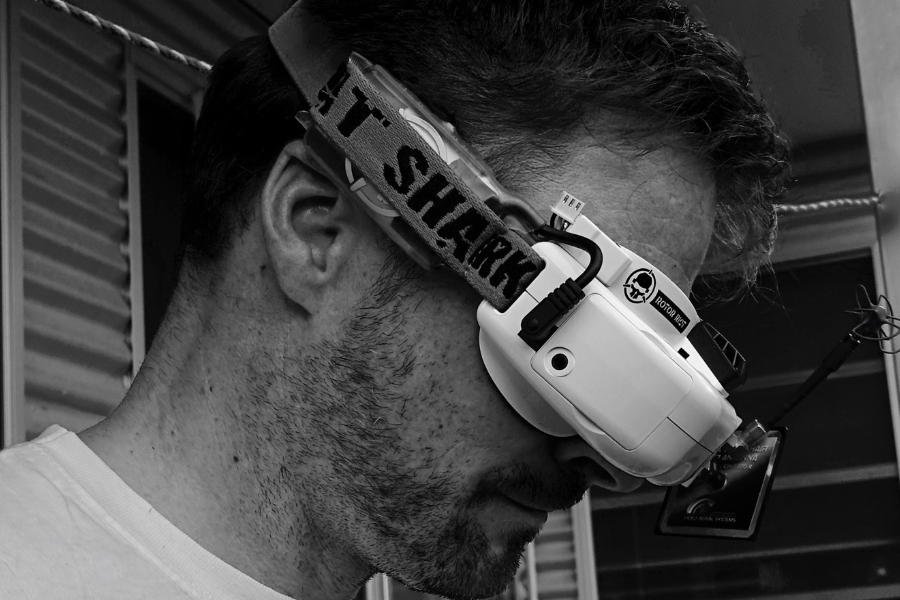I may have asked this question before, if so I"m asking it again. Each persons vision is a little different, mine is still 20/10, I have tested each of the drones to see how far I could keep them in sight. The Inspire 2 is about 2500 feet and it is a spot in the sky, the Mavic is about 1700 feet, and it appears as a spot.
I had a new observer the other day and she couldn't see the drone at 1200 feet, and that amazed me. I didn't want to embarrass her so I didn't make any comments so I obviously don't know what her vision was other than not good.
So in essence line of sight for one person isn't the same as it is for someone else. I haven't read anything regarding what big brother considers max line of sight.
Not only that, different drones and sizes are going to have different visual ranges.
Does anyone know if there are any standards for distance set, if not what would be a prudent average?
I had a new observer the other day and she couldn't see the drone at 1200 feet, and that amazed me. I didn't want to embarrass her so I didn't make any comments so I obviously don't know what her vision was other than not good.
So in essence line of sight for one person isn't the same as it is for someone else. I haven't read anything regarding what big brother considers max line of sight.
Not only that, different drones and sizes are going to have different visual ranges.
Does anyone know if there are any standards for distance set, if not what would be a prudent average?






